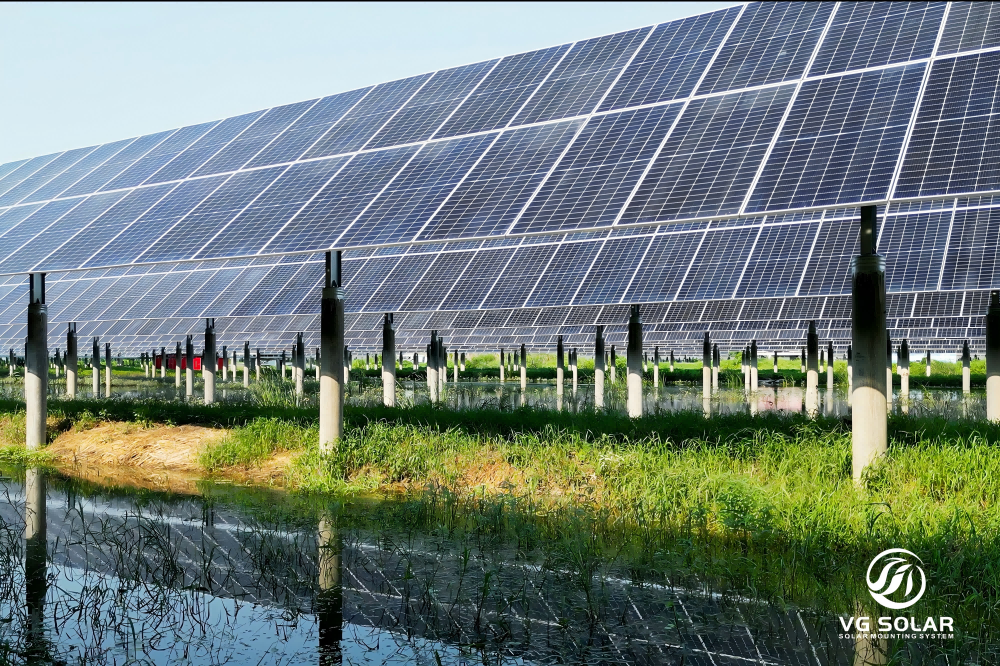The renewable energy sector, especially the solar energy sector, has undergone significant changes in recent years. One of the most notable developments has been the increased use of photovoltaic (PV) tracking systems, sparking a tracking boom in the PV industry. This can be attributed to various factors, including the need to reduce land occupation, costs and improve efficiency.
PV mounts are an integral part of these systems, enabling solar panels to track the sun’s movement throughout the day. This real-time tracking capability enhances energy capture, resulting in a higher energy output than that of fixed installations. These tracking mounts are becoming increasingly popular as they significantly improve the energy efficiency and overall performance of PV power plants.
The growing popularity of photovoltaic tracking systems is largely due to their ability to maximise power generation. Traditional fixed solar panels can only capture sunlight from a limited angle, which can result in suboptimal power generation, particularly at certain times of day. In contrast, tracking mounts can adjust the angle of solar panels in real time to ensure they always receive the maximum amount of sunlight. This capability increases power generation and helps reduce the amount of flat land required for photovoltaic power plants. By optimising land use, tracking systems can alleviate one of the major challenges facing solar projects: land scarcity.
Although the initial investment in a PV tracking system can be high, the long-term benefits usually make it worthwhile. These higher initial costs are primarily due to the advanced technology and materials used to construct the tracker. However, the return on investment (ROI) can also be significant, as the increased power generation results in higher revenue for the PV plant. In many cases, the additional power generated by a tracking system can shorten the payback period considerably compared to a traditional fixed system.
Furthermore, the efficiency gains brought by photovoltaic tracking systems can contribute to a more sustainable energy future. As demand for renewable energy continues to grow, the ability to produce more energy in the same area becomes increasingly important. Not only do photovoltaic tracking brackets increase energy output, they also help to reduce greenhouse gas emissions, making them an attractive option for environmentally conscious investors and developers.
Technological advances have also benefited the uptake of tracking systems for photovoltaic racks. Innovations in real-time tracking features have made these systems more reliable and easier to maintain. Modern tracking systems are equipped with advanced sensors and software that can make precise adjustments to ensure optimal performance throughout the day. These technological advancements have enabled more solar projects to adopt tracking systems, thereby driving up demand for photovoltaic racks.
In summary, the popularity of PV racks and subsequent demand for tracking systems can be attributed to their ability to improve energy efficiency, reduce land use and provide a high return on investment. As the renewable energy landscape continues to evolve, the advantages of PV tracking systems are set to play a pivotal role in shaping the future of solar energy. By harnessing more of the sun’s energy, these innovative solutions are paving the way for a more sustainable future.
Post time: Jul-17-2025


